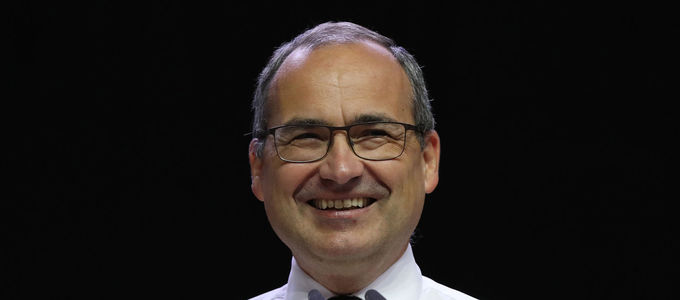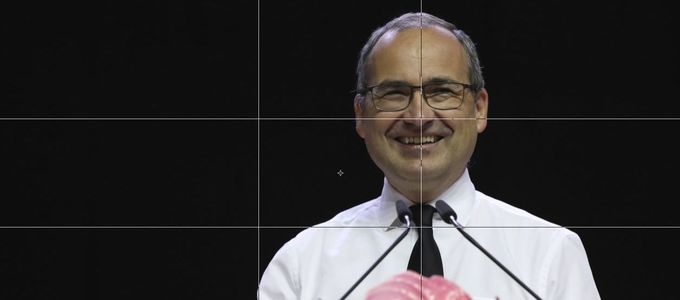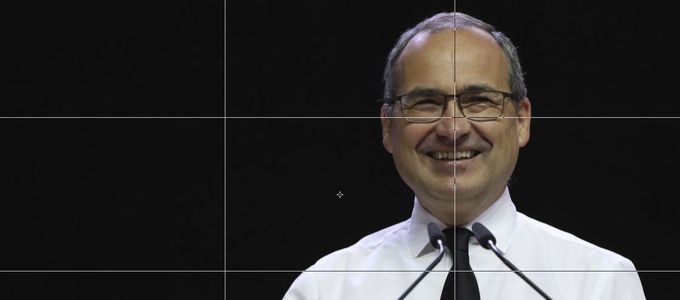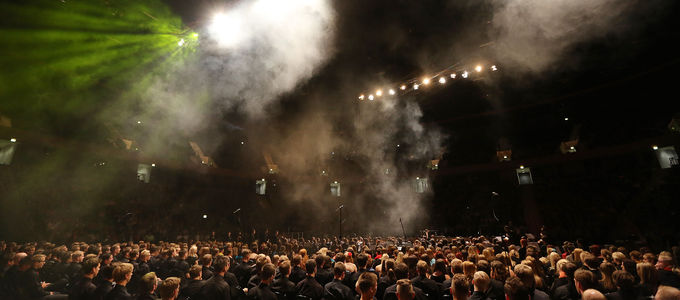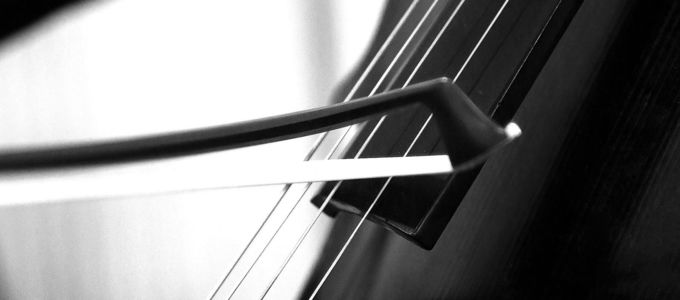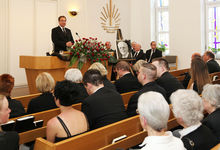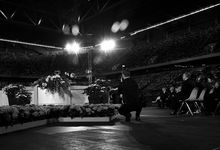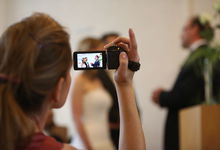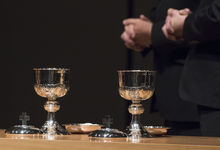Getting the picture (7): composing photographs instead of taking pictures
It only takes seconds to plan better photos. This can even be done in a divine service. All it takes are three simple tricks, not special equipment or reference books.
In order to give your photographs the edge, and have them stand out among the thousands and thousands of snapshots in the twenty-first century, here are a few tips. You don’t need expensive camera equipment and elaborate image processing. The following tips can enhance images noticeably—and all of this without Photoshop and Co.
1. A shift of the camera
Nothing is more boring than positioning the subject in the centre of the picture. Shifting the camera just a bit so that the subject—whether person, animal, plant, or something else—is positioned in accordance with the golden ratio, makes a much more harmonious picture, and it is often more interesting and intense.
You have never heard of the golden ratio and the rule of thirds? No problem. A picture is intersected by two imaginary vertical and horizontal lines (see example). Instead of positioning the subject in the centre of the picture, you position it on one of the four intersecting points of the lines. That’s it.
Condensing images
The two bottle pictures (see picture) make it clear: the photographer’s location determines whether closeness or distance is communicated. In both pictures, the bottles have the exact same position. Only the perspective taken by the photographer has changed. In the one he is standing at a right angle and in the other he is standing slightly off to one side. This is what determines the composition and message of the image.
Very important in this context: as the photographer is not in a studio, the photographer does the walking and not the subject. In other words, it is easier if the photographer takes two steps to the side (and leaves his subject where it is) than if he tries to reposition his subject. Changing perspective—it is done quickly and has a big impact.
Get close!
“If your picture isn’t good enough, you’re not close enough,” Robert Capa, a successful photographer, said. And that is indeed simple and good advice. In keeping with the well-known hymn “Nearer still nearer”, a few steps toward the subject are often enough to get a completely different and more interesting perspective.
This does not mean that only detailed photographs are to be taken in future or that macro lenses should only be used in church photography. But it is always worthwhile to choose a different, a closer perspective. And this also complies with the guiding principle of pars pro toto, which means that a part stands for the whole. This often comes across as more interesting and intense than a large overview shot.
The point is to compose picture rather than just “taking” them. All it takes is a little thought and a little walking.
Anyone who would like to occupy himself more with picture composition can do so in the corresponding chapter of the book “Photography in Divine Service” starting on page 33. The manual can be downloaded in English and German.
Article info
Author:
Date:
Keywords:
Oliver Rütten
04.07.2019
Media,
Divine service,
Congregational life


